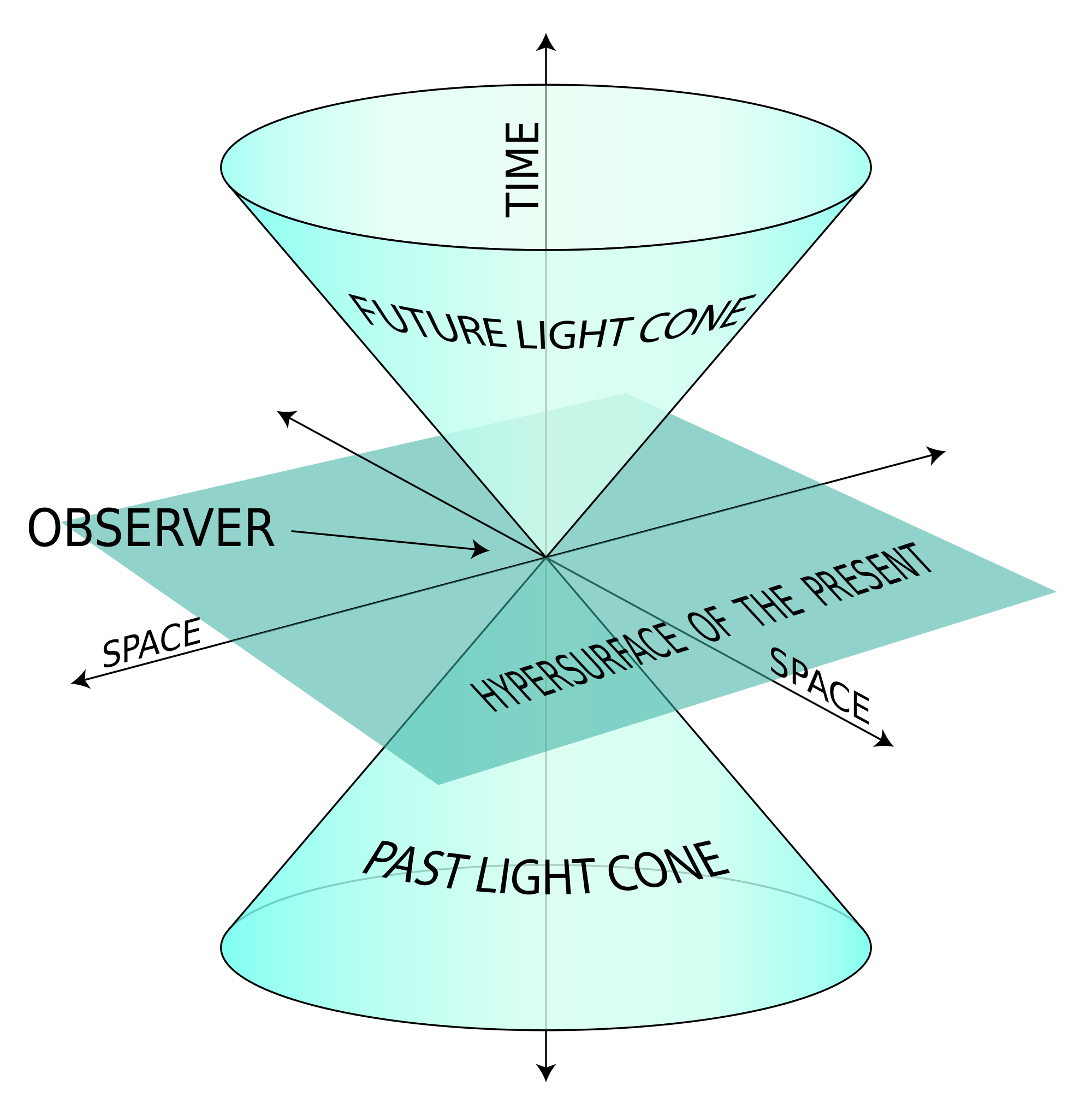We continue our series of excerpts (and discussion) from the outstanding survey paper by George F. R. Ellis, Issues in the Philosophy of Cosmology.
The constants of nature are indeed invariant, with one possible exception: the fine structure constant, where there is claimed to be evidence of a very small change over astronomical timescales. That issue is still under investigation. Testing such invariance is fundamentally important, precisely because cosmology usually assumes as a ground rule that physics is the same everywhere in the universe. If this were not true, local physics would not guide us adequately as to the behaviour of matter elsewhere or at other times, and cosmology would become an arbitrary guessing game.
The fine structure constant (α) is a unitless number, approximately equal to 1/137, that characterizes the strength of the electromagnetic force between electrons. Its value is the same no matter what system of measurement one chooses. If the value of α were just a little smaller, molecular bonds would be less stable. If the value of α were just a little larger, carbon—which is essential to life—could no longer be produced inside of stars.
Do constants of nature, specifically dimensionless physical constants such as α, the fine structure constant, and μ, the proton-to-electron mass ratio1, vary with time? This is an active topic of investigation. If constants of nature change at all, they change so slowly that it presents a formidable challenge to measure that change. But if they do indeed change, it would have profound implications for our understanding of the universe. A lot can happen in 13.8 billion years that might not be at all obvious in the infinitesimal interval of a human life or even human civilization.
“Despite the incessant change and dynamic of the visible world, there are aspects of the fabric of the universe which are mysterious in their unshakeable constancy. It is these mysterious unchanging things that make our universe what it is and distinguish it from other worlds we might imagine.” – J.D. Barrow, The Constants of Nature. (Vintage, 2003).
I’d like to conclude this discussion of constancy and change with a poem I wrote about the possibility of sentient life having a very different sense of time than we humans do.
Life On a Cold, Slow World
Life on a cold, slow world
On Europa, perhaps, or even Mars
On distant moons and planets of other stars.
A minute of time for some anti-freeze being
Might span a year for us human folk
(A greeting could take a week, if spoke.)
How fast our busy lives would seem to pass
Through watchful eyes we cannot see
Curious about our amative celerity.
The heartbeat of the universe runs slow and deep
We know only violent change, the sudden leap
But that which is most alive appears to sleep.
David Oesper
1μ = mp / me ≅ 1836
References
Barrow, J.D., Webb, J.K., 2005, Scientific American, 292, 6, 56-63
Ellis, G. F. R. 2006, Issues in the Philosophy of Cosmology, Philosophy of Physics (Handbook of the Philosophy of Science), Ed. J. Butterfield and J. Earman (Elsevier, 2006), 1183-1285.
[http://arxiv.org/abs/astro-ph/0602280]

















